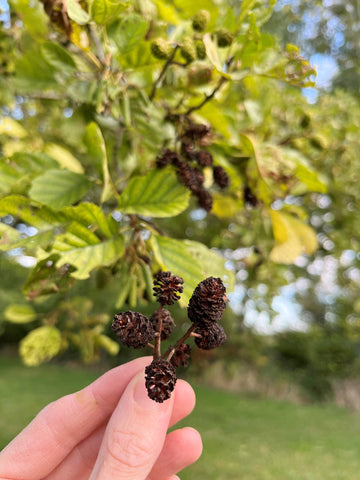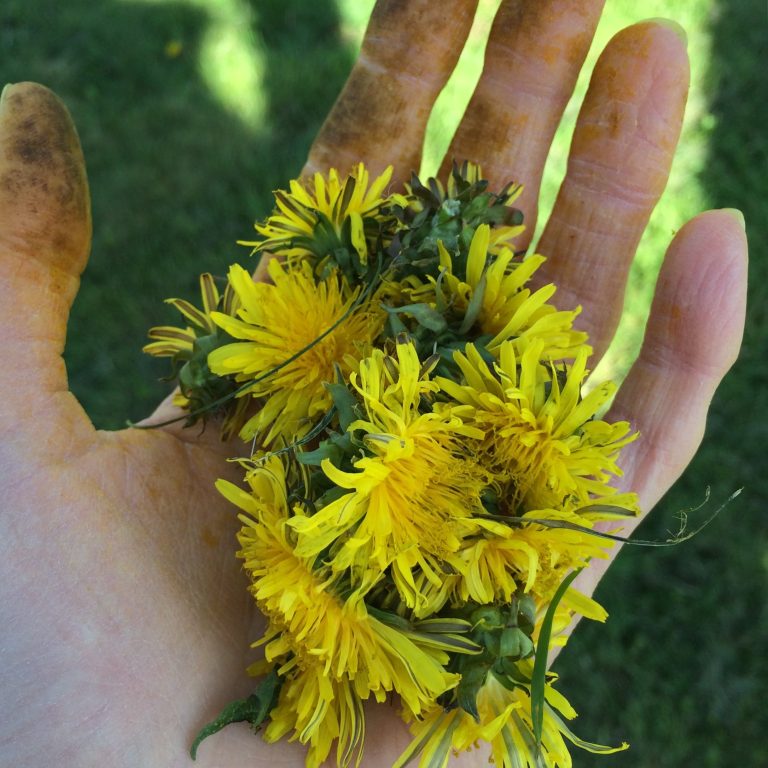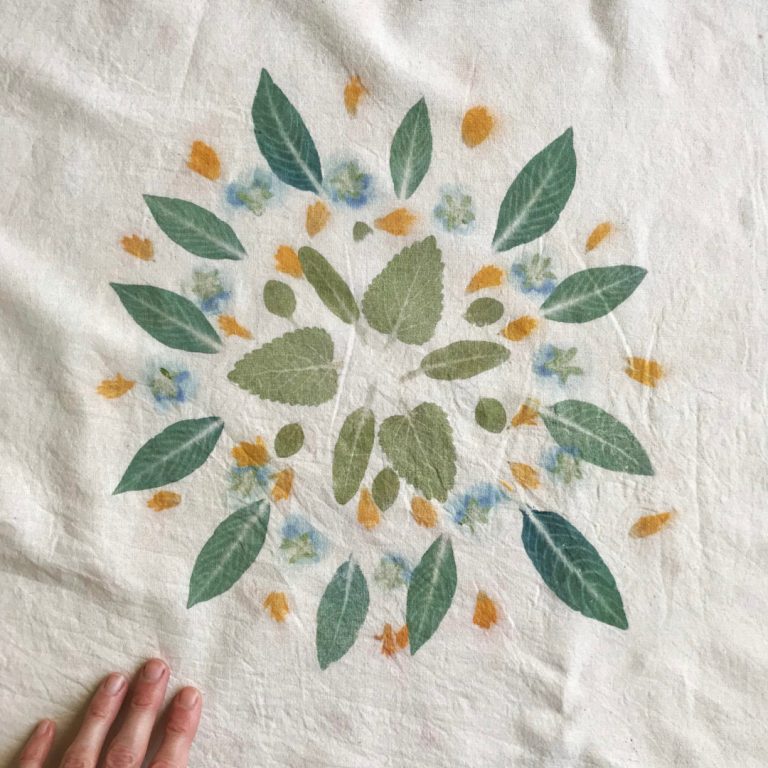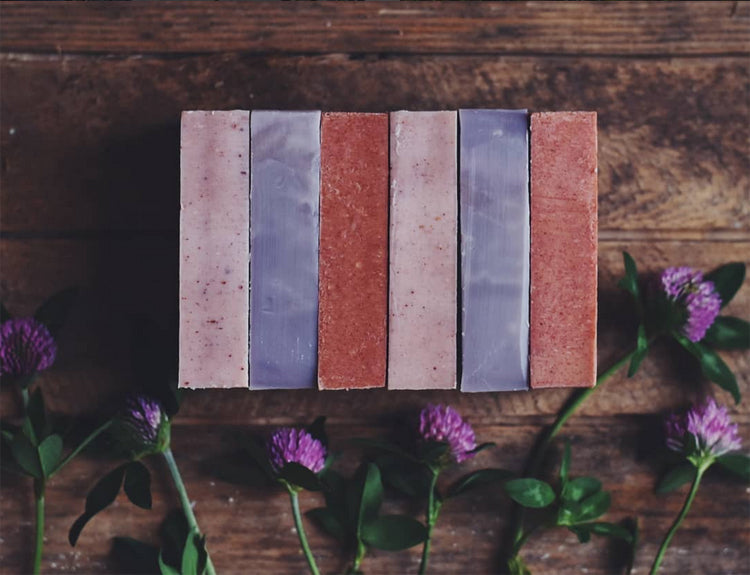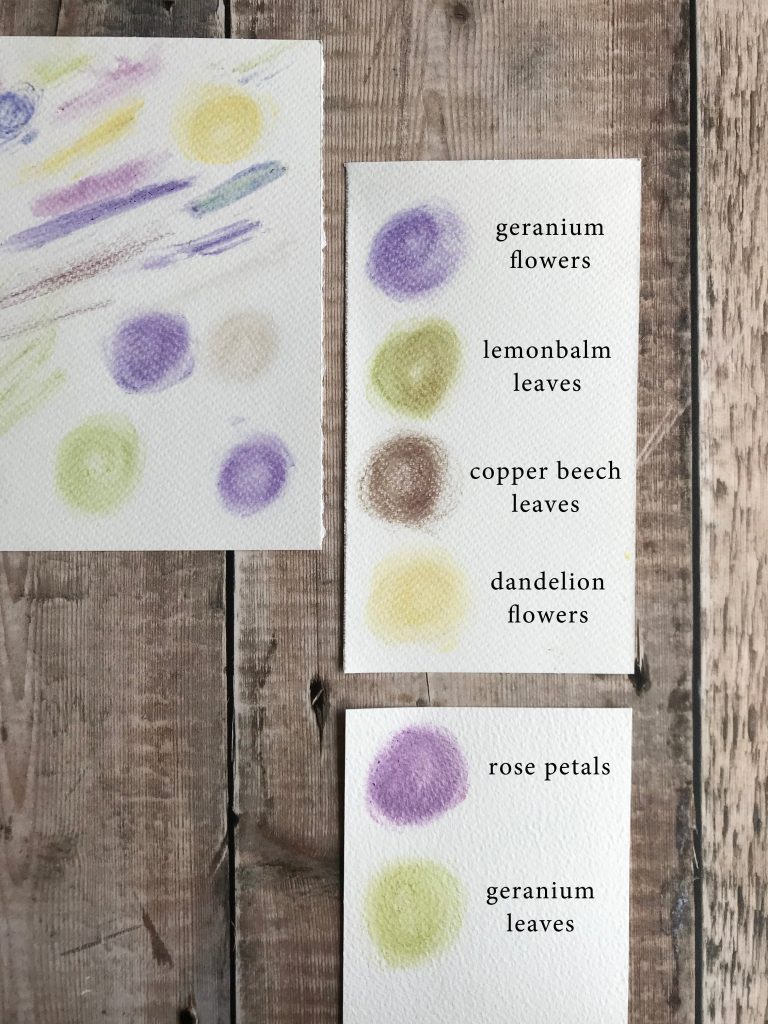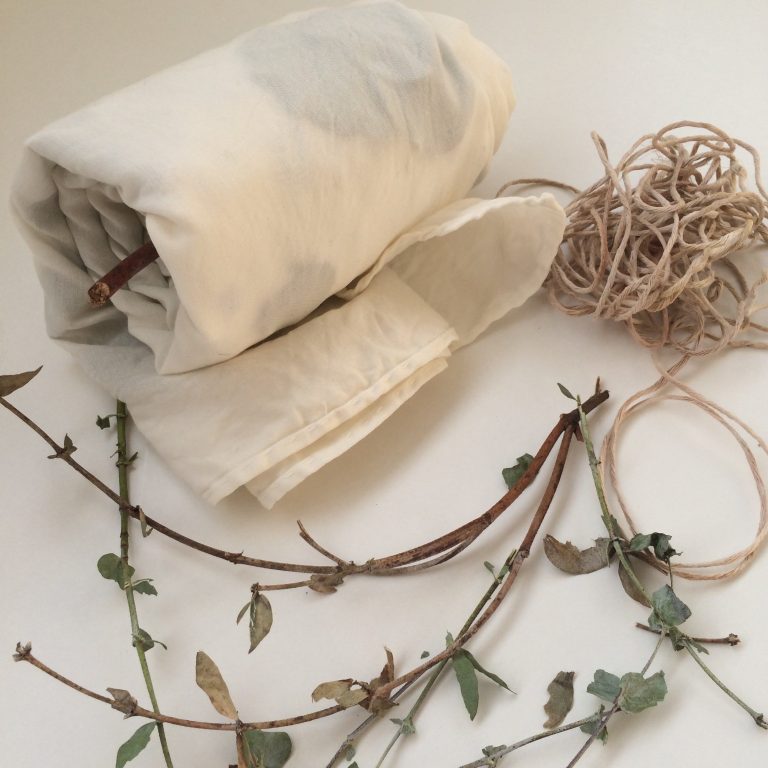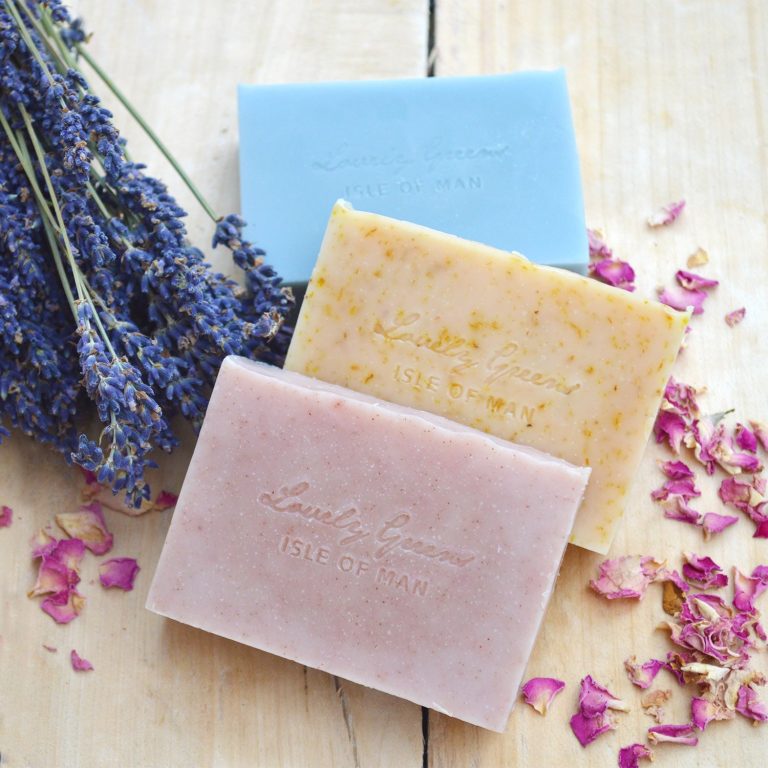Do you feel intimidated by foraging for plants and feel unsure where to start?
That’s exactly how I felt 10 years ago.
Then I found an online community of plant friends and gradually built my knowledge over over time.
Now, there are some amazing plant ID apps available, fabulous plant and foraging books, and also online schools such as Herbal Academy where you can really build your knowledge and gain confidence. (This newletter contains affiliate links. If you choose to purchase after clicking a link, I may receive a commission at no extra cost to you.)
Admittedly, I feel much more confident collecting dye plants than edibles. But when it comes to gathering any kind of wild plant, there are key features to look for for a correct identification and lists of lookalikes to avoid, so it’s absolutely possible to safely learn the skills!
A new plant for me this summer…
One plant that kept popping up for me this summer was Queen Anne’s Lace (Daucus carota) – a member of the carrot family, which the latin name reveals to us. It’s also known as wild carrot and ‘queen of herbs’.
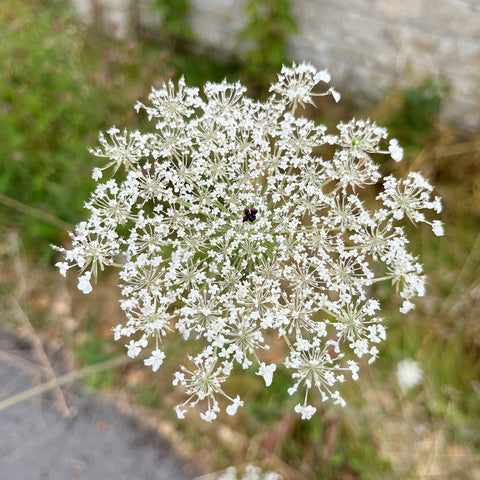
Can you see the black-purple flower in the centre of the white flowers? This is a useful feature to identify Queen Anne’s Lace. It doesn’t appear on all of the flowers, but it is on many. Legend says that Queen Anne was making lace and a drop of blood spilt in the centre of the lace.
Other plants within the family include cow parsley and hemlock, which is poisonous. I’ve always been extremely cautious of touching anything in this family as I know that hemlock is highly toxic, but it’s helpful to learn the characteristics of all the plants so we can tell them apart.
Herbal Academy has great herbal monologues to learn the features. Read more about Queen Anne’s Lace here
Have you dyed with Queen Anne’s Lace before? Sadly I didn’t get round to trying it this summer, but it’s something to look forward to next year!
Building confidence
To build your herbal knowledge try to go on local foraging walks or borrow a knowledgable friend and ask lots of questions.
I realise that my nervousness around plants is probably cultural as I didn’t grow up knowing about plants from a young age. In some countries, children are immersed in foraging and it plays a big part of everyday life. I imagine your plant story is very different from mine – we are all unique!
If you’d like to build your confidence, Herbal Academy has some incredible online courses and workshops.
I’m currently doing their Foraging Course — I love the overlap between edible herbs and dye plants!
Did you know that pretty much every scented herb produces dye? The scent indicates the presence of aromatic oils and acids which suggests that the plant has dye potential. Make a mini dye pot and see for yourself! It’s a lot like making a strong cup of herbal tea.
One of my favourites is rosemary. Look at this incredible maroon-purple dye colour that I made last week!
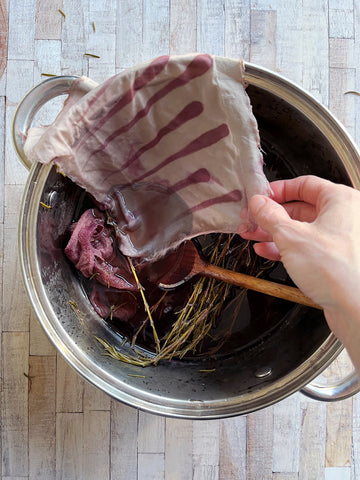
The next Herbal Academy course that I’d like to do is the one on Botanical Drawing. Imagine painting plants with homemade plant inks! It would work especially well with the tannin rich autumnal plants that I’m foraging now – acorns, oak galls and walnuts!
I also have my eye on Making Herbal Preparations 101 and the Botany & Wildcrafting Course. Basically there’s enough to keep us plant lovers busy for a long time!

Like me, do you have a fear of plants?
As I hinted above, I grew up with some kind of plant fear. Plants and foraging just didn’t play a part in my formative years growing up in a London suburb in the 90s.
Rather than learning the specifics about plants, I was discouraged from touching anything in case it was poisonous. To my eyes, hedgerows were just a mass of greenery and I couldn’t pick out any individual plants beyond a dandelion, and even then I would get confused with all the other yellow flowers. Hawkweed and cat’s ear looked so similar to me, but now I know that a dandelion’s stem contains a milky white liquid and can spot a dandelion’s serrated leaves from a mile.
This plant fear became stronger than ever after my first child was born and I wouldn’t let him touch any plants! In my case, this fear stemmed from a lack of knowledge and I was determined to learn more so I could pass this knowledge onto him.
Our local dye plants
In terms of my local dye plants right now, I’m foraging for alder cones (photo below), acorns and oak leaves.
There are still some nettles out there and the long thin shapes of the mature leaves make interesting hammered prints — learn the method in Plant Dye Zine.
What are you foraging for right now in your local area?
